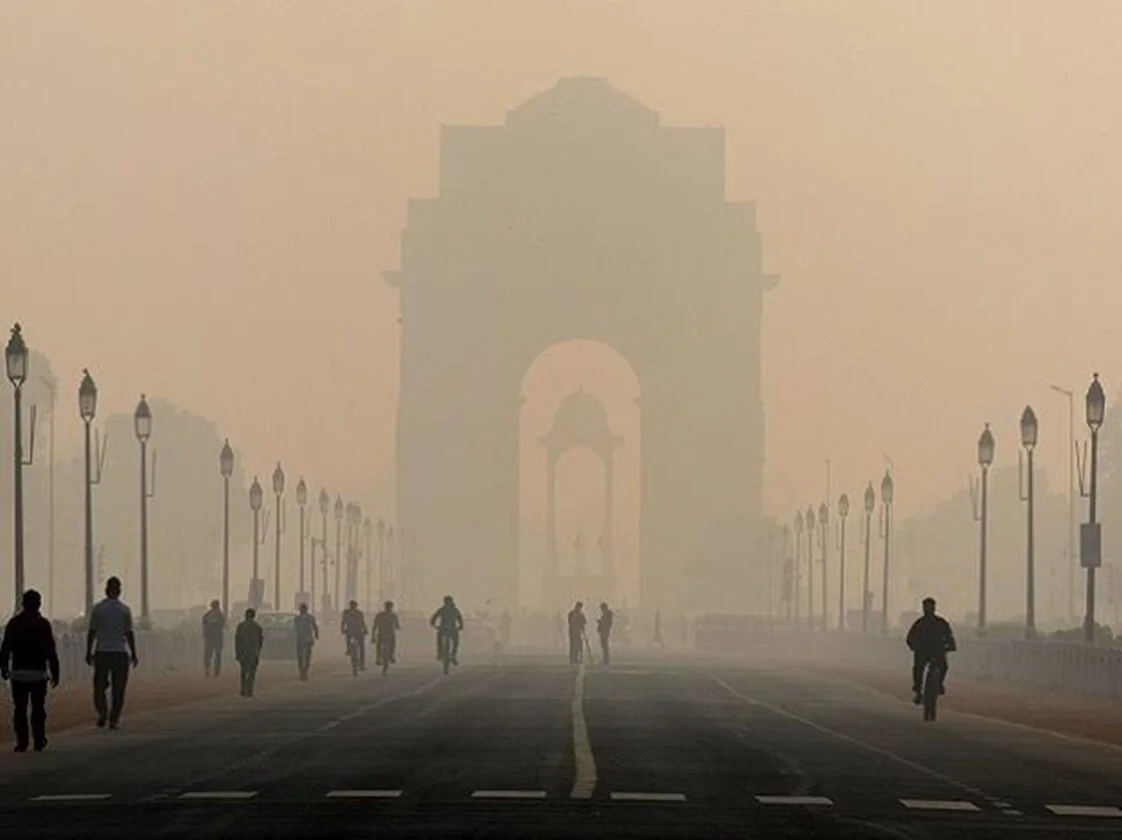Unrelenting air pollution and ludicrously high AQI numbers have become the norm across the country. While the prospect of rapid environmental deterioration, worsening health, and premature death looms large, a startling report by The Lancet has shed light on the disquieting extent of the problem. The Lancet Countdown on Health and Climate Change report found that over 1,718,000 people in the country died in 2022 due to exposure to fine particulate matter.
The report also stated that air pollution-related deaths rose by 38 per cent in 2022 compared to 2010. Further, since 2021, such deaths have risen by over 100,000. This annual report is aimed at monitoring and tracking the relationship between climate and health. This year’s report was prepared by 128 experts from 71 global institutions and UN agencies.
As per the report, these deaths were linked to anthropogenic air pollution involving fine particulate matter (also known as PM2.5). Particulate matter refers to microscopic solid particles and liquid droplets that are suspended in the air. PM2.5 are the smallest of these polluting particles, which are 2.5 micrometres or smaller in diameter. Vehicular emissions, combustion of fossil fuels, use of polluting solid fuels, burning of agricultural waste, and industrial emissions are major sources of PM2.5 pollution.
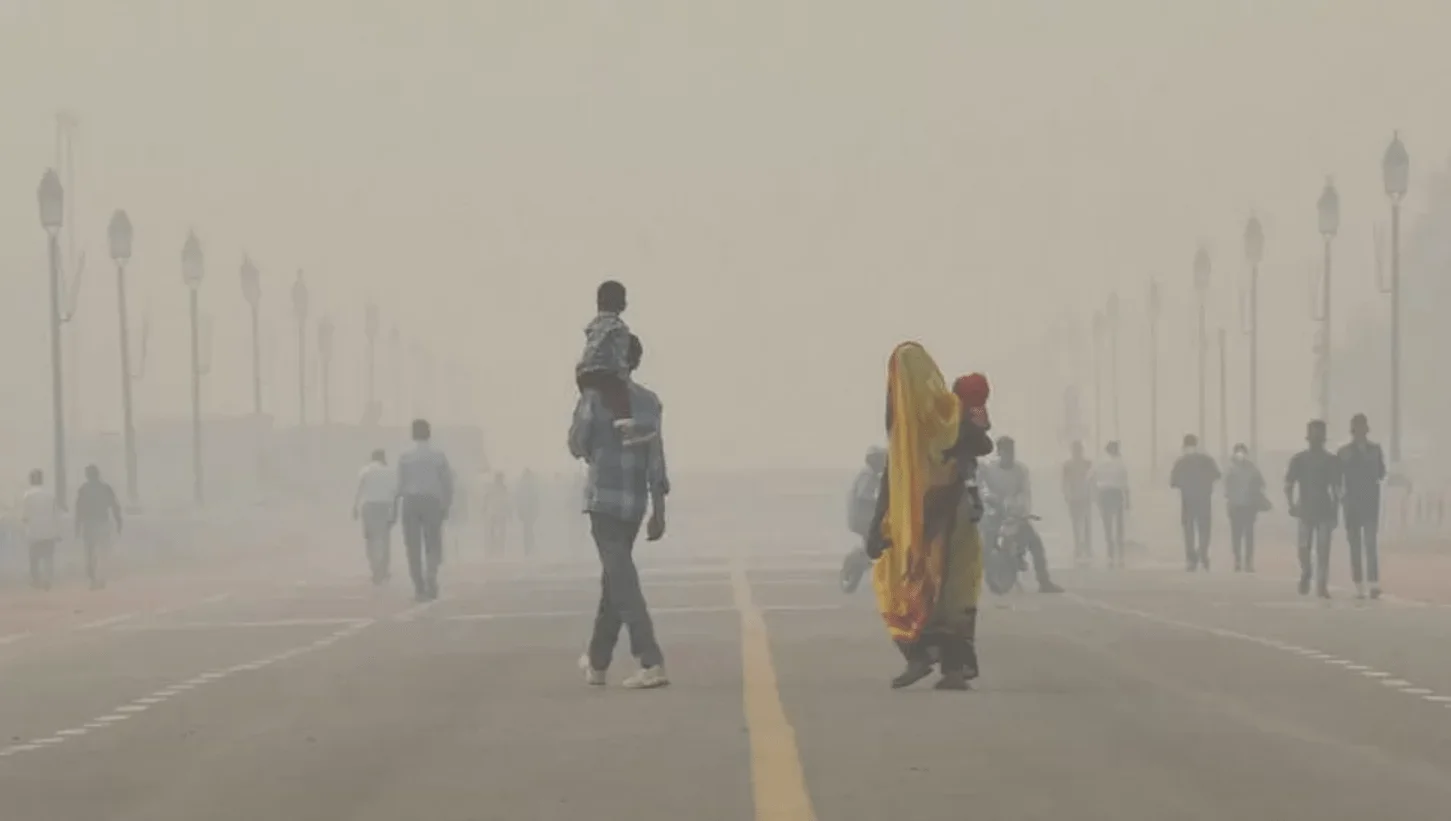
While these particles cannot be seen by the naked eye, they are one of the most harmful pollutants and a major health and environmental concern. They can enter deep into the lungs when inhaling and can also sometimes enter the bloodstream. These particles cause a plethora of health issues, including, but not limited to, worsening asthma symptoms, a decrease in lung function, arrhythmias, and premature death in people suffering from cardiovascular or pulmonary diseases. Even short-term PM2.5 exposure of 24 hours is linked to early mortality and an increase in emergency hospital visits.
Status of air pollution and health in India
The report further noted that air pollution continues to pose a major health risk in India, with PM2.5 from fossil-fuel and biomass burning being linked to diseases and premature death. Of the 1,718,000 deaths recorded, the highest portion was due to pollution stemming from fossil fuels (coal and liquid gas), which accounts for 44 per cent of deaths. Coal accounted for 394,000 deaths, of which 298,000 deaths occurred due to coal use in power plants. Polluting emissions from petrol vehicles lead to 296,000 deaths.
113 deaths per 100,000 were caused by household pollution. Household pollution refers to indoor air pollution caused by the burning of polluting solid fuels for the purposes of cooking and heating, such as wood, charcoal, agricultural residue, and animal dung. Mortality rates due to indoor air pollution were found to be higher in rural areas as opposed to urban areas, with 125 per 100,000 and 99 per 100,000 deaths, respectively.
Mortality rates due to indoor air pollution were found to be higher in rural areas as opposed to urban areas, with 125 per 100,000 and 99 per 100,000 deaths, respectively.
The report puts the estimated monetised value of these premature deaths linked with air pollution around USD 339.4 billion (INR 30 lakh crores), which is equivalent to 9.5 per cent of India’s Gross Domestic Product (GDP). The report recommends adopting clean energy sources to reduce fine particulate pollution and mitigate the numerous risks associated with it.
Other notable findings
Apart from the impact of air pollution on health, the report also analyses other ways in which climate change impacts health. Heat stress and the risks it poses were another notable find. The report notes that heat stress is increasing in India, posing an increased risk of heat-related illnesses and mortality. In this regard, the report reads, ‘In 2024, people in India were exposed to 19.8 heatwave days each, on average. Of these, 6.6 days of exposure would not have been expected to occur without climate change.‘
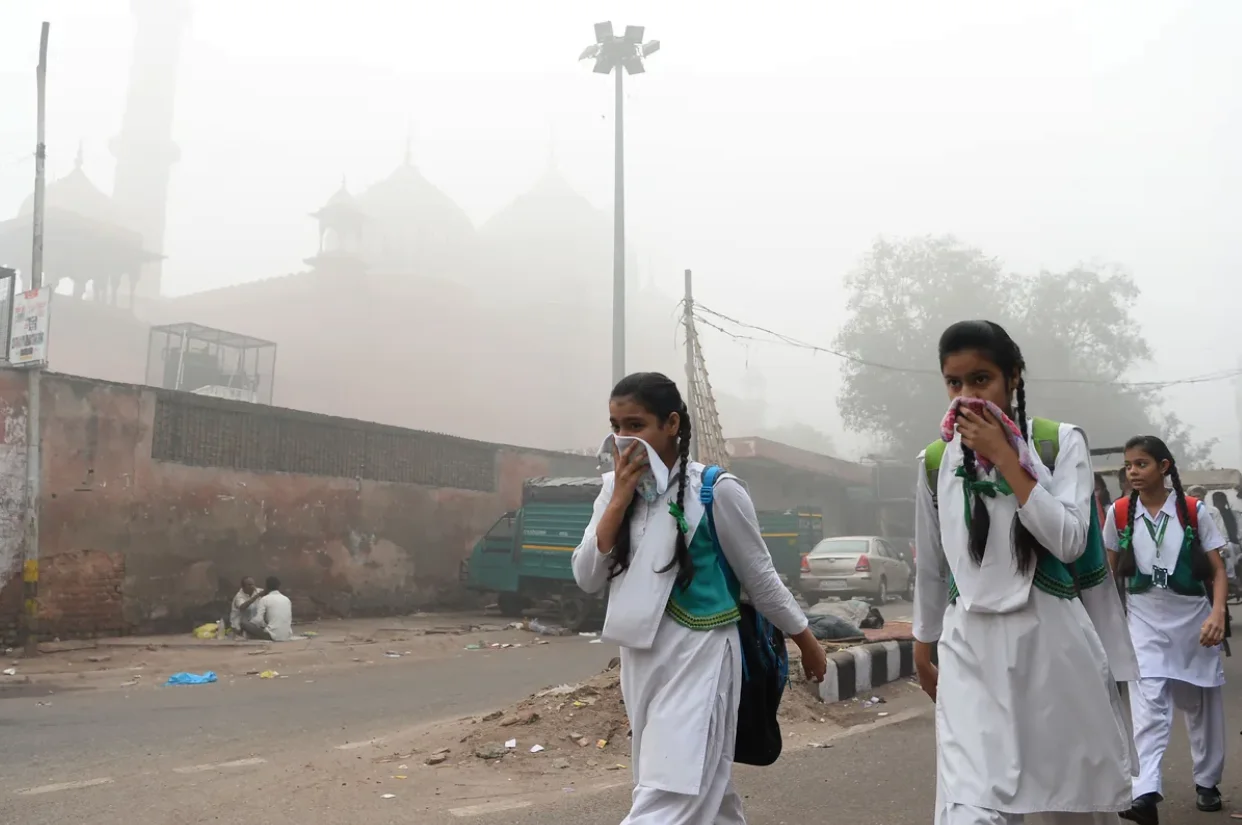
The often-overlooked facet of the impact of climate change on the spread of infectious disease was also explored. Climate change, the report states, is facilitating the transmission of food, water, and vector-borne illnesses. Changing temperatures and rainfall patterns are increasing the risk zones for climate-sensitive diseases such as dengue.
Additionally, in 2024, over 1.8 crore people were living only 1 metre above sea level, making them vulnerable to risks from sea level rise. The report further mentions that loss of tree cover and low levels of urban greenness reduce natural cooling, limit climate adaptation, and worsen air quality. Between 2001 and 2023, India lost 2.33 million hectares of tree cover, of which a staggering 143,000 hectares were lost in 2023 alone. Between 2015 and 2024, average urban greenness decreased by 3.6 per cent, and West Bengal’s Tamluk was found to be the only town in the country with high levels of urban greenness.
Putting the numbers into perspective
To better understand the findings of the report, it is essential to put these numbers into context. As per the World Health Organisation (WHO), long-term PM2.5 levels (annual mean) should be no more than 5 µg/m3. The WHO recommends a 24-hour average of 15 µg/m3 or less. India has its own estimates for what constitutes safe PM2.5 concentrations, which are eightfold higher than WHO standards. The Indian National Ambient Air Quality Standards (NAAQS) categorise an annual concentration of 40 µg/m3 or below as safe.
India’s average concentration of PM2.5, weighted by population, was 50.56 µg/m3 in 2024 while Delhi, India’s second most polluted city, had a startling average of 108.3 µg/m3 the same year.
India’s average concentration of PM2.5, weighted by population, was 50.56 µg/m3 in 2024 while Delhi, India’s second most polluted city, had a startling average of 108.3 µg/m3 the same year. In fact, the Centre for Research on Energy and Clean Air, an independent research organisation, analysed the PM2.5 levels in January 2023 for India’s ten cleanest cities (as ranked in January 2024) in terms of air pollution, and found that only three of these 10 cities had PM2.5 levels under the WHO’s safety limit.
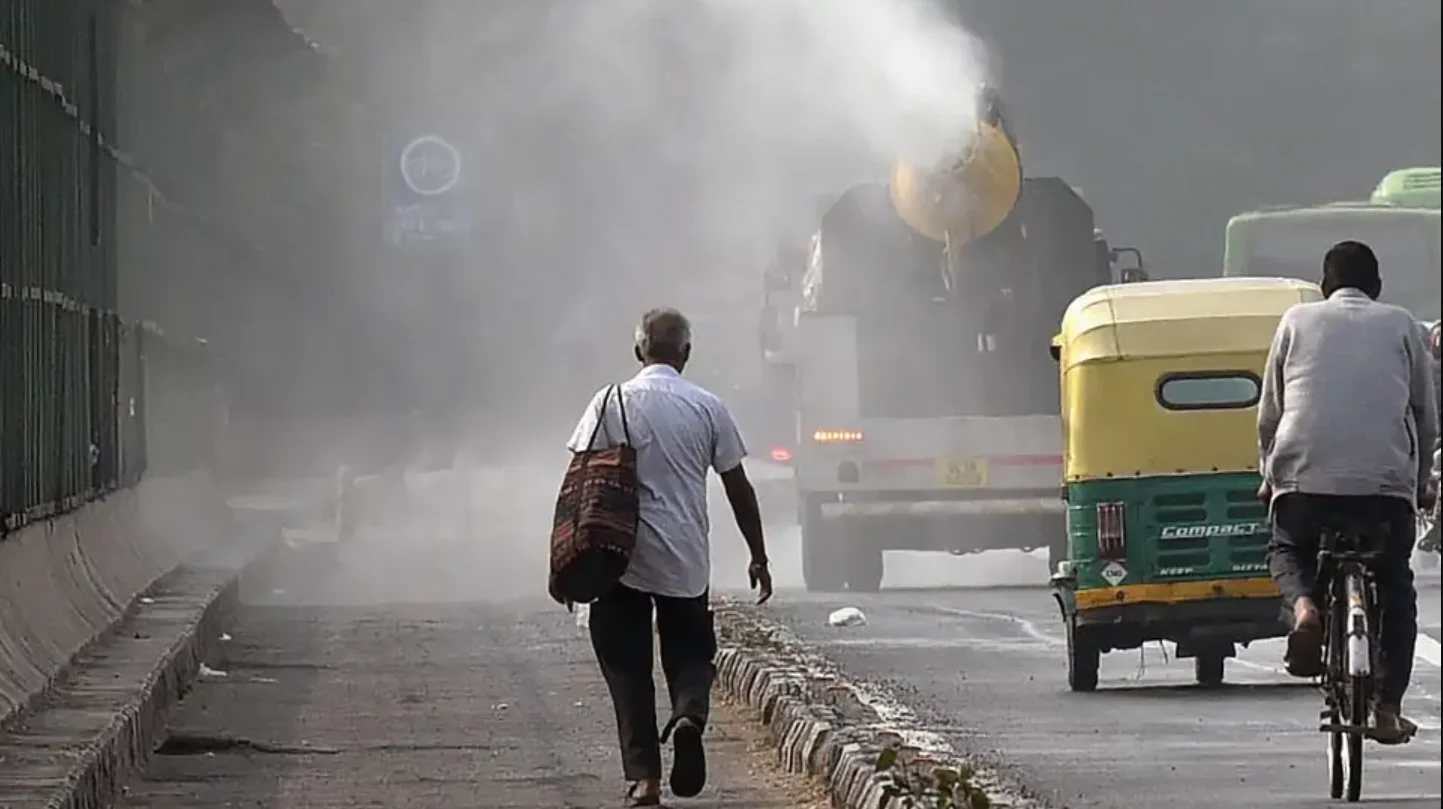
As per the Lancet Countdown for 2024, India accounted for 16.9 per cent of the world’s production-based PM2.5 emissions and 15.8 per cent of the world’s consumption-based emissions. When both these figures are combined, India is the world’s second biggest PM2.5 emitter. According to the World Air Quality Report for 2024, based on PM2.5 concentrations, India ranks as the world’s fifth most polluted country, though this is an improvement from 2023, when India ranked third.
Another Lancet study that analysed mortality due to long-term exposure to PM2.5 between 2009 and 2019 found that, going by WHO standards, 24.9 per cent of deaths could be attributed to air pollution during this period. Even by India’s lax NAAQS standards, 5 per cent of deaths were attributable to air pollution. Further, the entire population of the country was found to be living in areas exceeding the WHO’s safe limit of 5 µg/m3, and 81.9 per cent of the population lived in areas with PM2.5 concentrations above the Indian NAAQS’ 40µg/m3 standard.
However, as per the World Air Quality Report 2024*, India saw a decent decline in PM 2.5 concentrations in 2024, 7 per cent down from 2023 levels.
However, as per the World Air Quality Report 2024*, India saw a decent decline in PM 2.5 concentrations in 2024, 7 per cent down from 2023 levels. Apart from Delhi, PM2.5 concentrations in major Indian cities seem to be on a declining trend as well. Although, despite declines, these figures continue to be dangerously above global safe standards. Further, 35 per cent of Indian cities reported PM2.5 levels exceeding 10 times the WHO recommendation. Six of the 10 most polluted cities in the world were in India, and of the 100 most polluted cities, 74 were in India. While India has some policies like the National Clean Air Programme (NCAP) to combat air pollution, urgent overhauls are needed, along with rapid and uniform implementation.
The World Air Quality Report also highlights the need for such consistent policy implementation and adequate infrastructure, while the Lancet Countdown 2025 emphasises the need for urgency in addressing climate change and air pollution. The devastating implications of unchecked pollution have long been known and are only becoming increasingly apparent. Failure to take any concrete steps to address this public health risk is a failure of governance.
While India grapples with air pollution that claims lakhs of lives each other, Hindutva forces encouraged fireworks pollution during Diwali for the sake of political grandstanding and theatrics.
While India grapples with air pollution that claims lakhs of lives each year, Hindutva forces encouraged fireworks pollution during Diwali for the sake of political grandstanding and theatrics. Delhi’s PM2.5 levels tripled between September and October 2025, with stubble burning estimated to have contributed to less than 6 per cent of this pollution load.
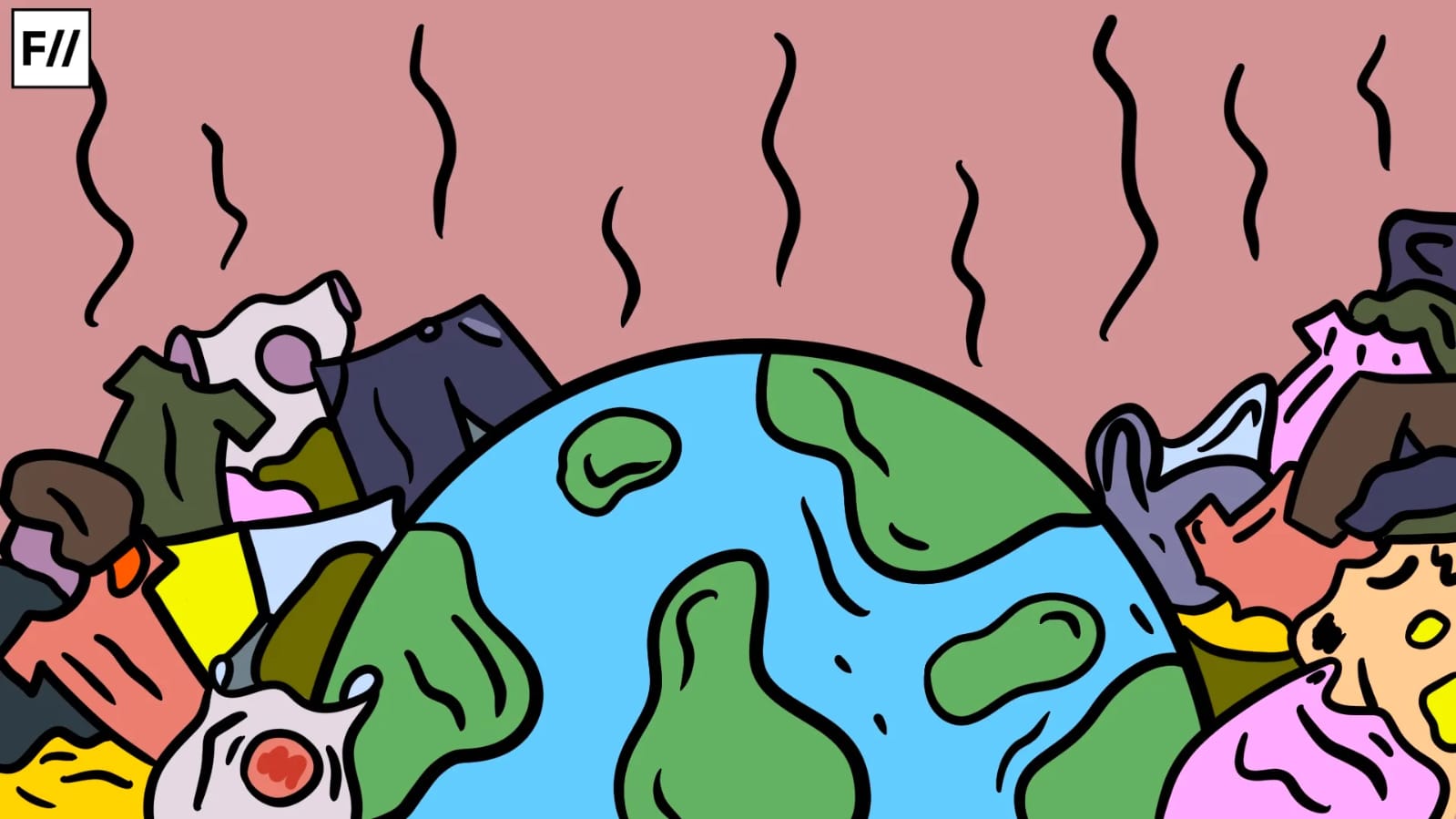
There is an urgent need to move from polluting practices and sources of energy to cleaner and more sustainable alternatives. To begin with, the NAAQS standard for PM2.5 concentration should be amended to align more closely with global standards. Strict regulation around industrial pollution, moving towards cleaner fossil fuel alternatives, making cleaner solid fuel alternatives available to households, and better public transportation infrastructure that discourages private vehicle use are crucial.
We are on the brink of an impending environmental and public health catastrophe if air pollution goes unaddressed, and 17 lakh deaths due to polluted air are already 17 lakh too many for any political establishment with a conscience to overlook. India’s Supreme Court in October 2024 affirmed that the right to clean air is a fundamental right; however, 1.4 billion Indians continue to be denied their right.
*The full report can be accessed on https://www.iqair.com/in-en/world-air-quality-report
About the author(s)
